How To Get Rid Of Lizards On Porch
By controlling insects and keeping insect populations at bay, lizards play an important role in our ecosystem. In fact, they may even cut down on diseases like Lyme disease.
Still, you probably don't want lizards entering your home or scurrying around your property. If you have alizard problem, you need a solution – fast.
Luckily, our team is here to help. Here at Smith's Pest Management, our reptile control specialists get rid of lizards in Northern California homes each day.
In this post, we'll share our top tips on the best ways to humanely remove lizards from your home, garden, or landscaping.
Let's dive in.
How to Identify Lizards
You probably already know what a lizard looks like, but did you know that there are more than 4,000 lizard species out there?
In the U.S., there are two specific house-invading species we see most often. They are the common house gecko and the Carolina anole (also known as the green anole).
Here's an overview of each:
Common House Gecko
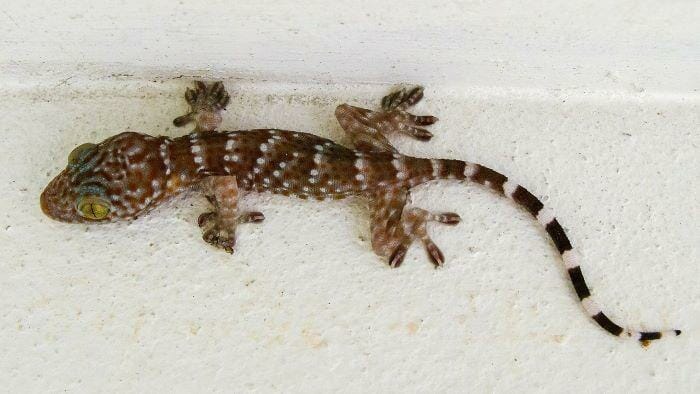
These lizards are common throughout the U.S. but tend to congregate in warmer climates. They have a long, slender body that grows to 3-6", and a flat, arrowhead-shaped skull.
They are typically brown, green, or grey, with a delicate spotted pattern. Male anoles have pink throat fans. They're most likely to make their way indoors during winter.
The Carolina Anole
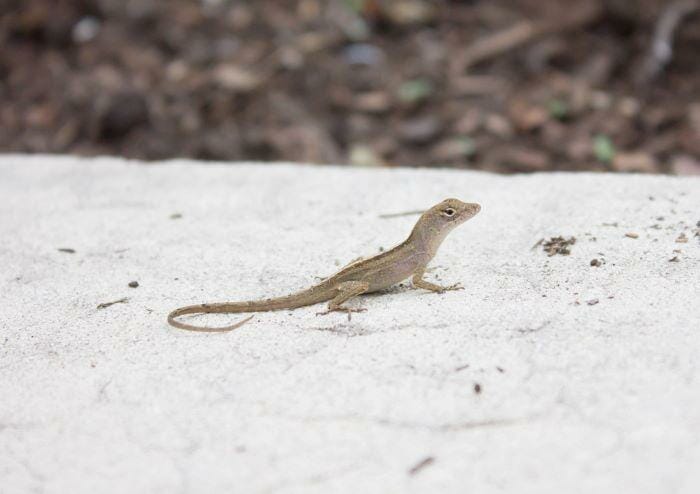
Carolina anole are small lizards that grow to about 5-8." They are green or brown, depending on the conditions in their environment.
If the lizard is brown, it may have a series of faint markings along its back. Like the common house gecko, males have a pink throat fan that helps them attract a mate.
These lizards typically make their home in trees but can be found anywhere. They are particularly fond of perching on fences and rooftops and will make their way indoors during cold weather.
In Northern California, specifically, we deal with…
Alligator lizards
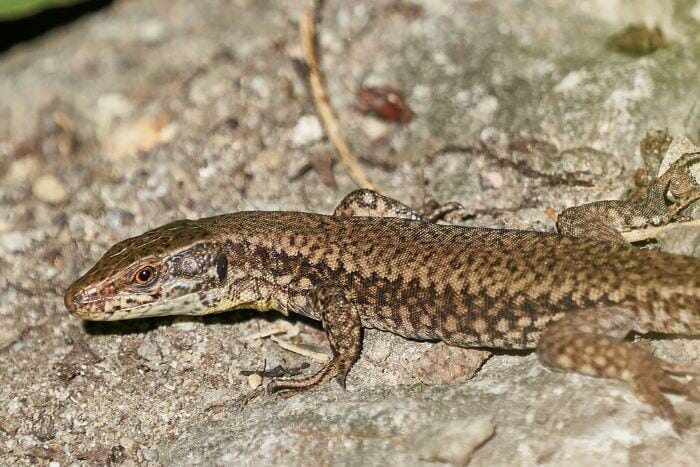
Alligator lizards get their name from their distinct, scaled bodies. They're skilled climbers and are typically found in high places, like on walls or behind tall pieces of furniture. They measure from 3-7" in length, and tend to be brown, green, gray, or yellow.
These lizards commonly make their homes near humans and will come out to forage in the mornings and evenings.
Western fence lizards
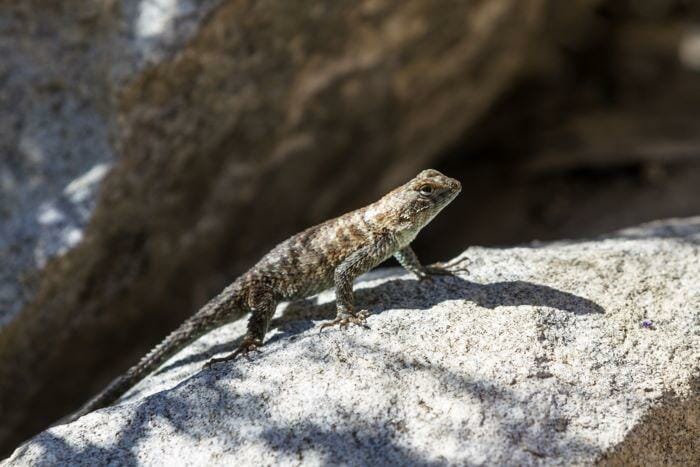
Western fence lizards are common throughout California, Arizona, Idaho, Nevada, Oregon, and Utah.
Because the abdomens of the adults tend to be blue in color, this lizard is sometimes also called "the blue-belly lizard." These are small lizards that tend to be about 3-6" in length. They are brown or black in color with black stripes on their backs.
These lizards are active during the day and may come out to sun themselves on rocks, fence posts, or decks.
What Attracts Lizards in the House and Yard?
Lizards are small reptiles, and most of us don't think of them as pests. Still, they can occasionally take over your home, yard, or garden. And, when they do, you can have a serious problem on your hands.
The first step to dealing with a lizard problem is uncovering its root cause.
What attracts lizards to your house and yard? Here are a few of the top culprits:
1. Food Sources
Like all pests, lizards love food, and they'll happily set up shop anywhere they can find it. While lizards mainly eat worms, ants, spiders, beetles, and flies (meaning you'll commonly have a lizard problem if you have any of these other pest problems), they also love fruits and veggies and crumbs left behind by people.
As such, they're common in kitchens, bathrooms, and outdoor spaces – like gardens and compost piles.
2. Shelter
Lizards love dark, cool places, and homes offer plenty of those. They'll hide behind cupboards and furniture and are often found behind sheds, raised garden beds, and benches outdoors.
3. Water
Sources of water – either indoors or out – will draw lizards to your property. Pet bowls, birdbaths, or even leaking pipes and fixtures will provide enough water for lizards to survive and thrive for months.
How to Inspect for Lizards
Once you've identified that you have a lizard problem, you'll need to inspect your property for signs of lizard activity.
Here are a few steps we recommend:
- Check common hiding places. Again, lizards like cool, sheltered areas. Check behind clutter in your home, garage, kitchen, or outdoor sheds for lizards or their droppings, which look like small black pellets with a white tip. If you're looking for lizards outside, search common hiding areas like warm, humid parts of the garden.
- Note entry points. Lizards are small enough to squeeze through gaps in doors or windows, or small openings in your wall. As you inspect your property, pay close attention to these potential lizard highways.
- Check your screens. Lizards can easily enter homes through open windows, or windows with torn screens. As you inspect your property, double-check all your window screens to ensure they're intact and in good repair.
Since lizards eat mainly insects, they're less likely than other pests to leave behind a trail of destruction in your garden or landscaping.
Still, it's smart to inspect your fruit and vegetable plants, since lizards consider these valuable food sources.
How to Get Rid of Lizards in Your Home
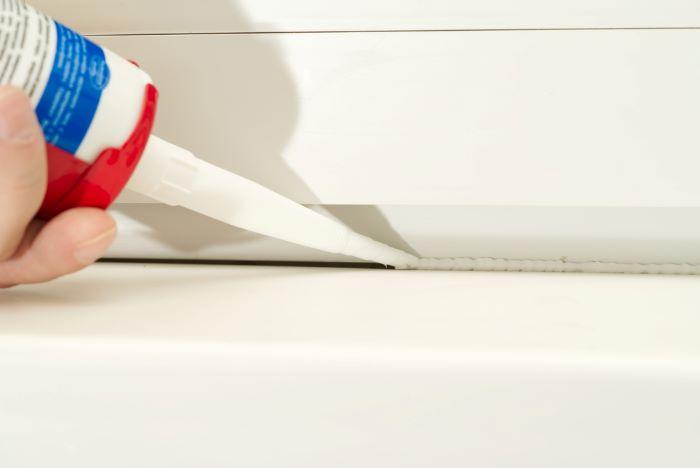
To get rid of lizards in your home, you'll need to focus less on the actual lizards and more on their potential food sources and hiding spaces.
To put this another way: youtreat for lizards by treating other pests, like bugs and insects.
Here are a few steps we recommend:
1. Identify and Seal Entry Points
Make it more difficult for lizards to get into your home by finding out how they're accessing it. Remember that lizards have tiny, flexible bodies, and can fit through very small cracks.
We recommend focusing on filling holes and cracks with caulk, installing weather-stripping to the sides of windows and doors, and using a wire mesh to patch bigger access points, like vents.
2. Deploy Natural Repellants
If you're looking for a home remedy to get rid of lizards, you're in luck. Many natural repellents can help keep lizards off your property.
What smell do lizards hate? Things like hot sauce, pepper, and cayenne emit a strong smell that deters lizards. For best results, mix a few tablespoons of your pepper of choice with a pint of warm water.
Shake the mixture well and spray it in the corners of your home, and outside, along access points like doors and windows.
We never recommend setting a lizard trap, since this will typically kill or injure lizards.
3. Eliminate Food Sources
Wondering how to get a lizard out of your house? The best way is to eliminate their food sources. Employ common pest control practices, like keeping trash and compost secured, cleaning up food scraps rapidly, and keeping your home, garbage disposal, and kitchen sink clean.
If you have a serious insect problem around your home, it can also be helpful to invest in a professional pest control treatment from Smith's. This treatment will eliminate insects around your home and send the lizards packing.
What to Avoid: Lizard Control Myths
While there are some effective home remedies out there for lizards, there are also some myths you'll want to avoid.
Will baking soda kill lizards? What about eggshells?
Unfortunately, most of these ideas are myths. There's no evidence that lizards are deterred (or killed) by the scent of eggshells, for example. Lizards may actually view eggshells as a snack. Additionally, baking soda is not a reliable repellent for lizards.
How to Get Rid of Lizards in Your Yard
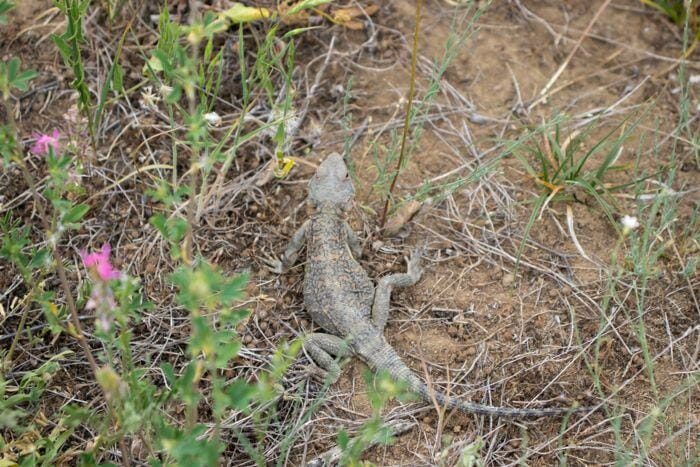
If you have lizards outside, you're probably anxious to get rid of them.
Here at Smith's Pest Management, we always recommend taking the humane approach to lizard removal. There's seldom a reason to hurt or kill lizards, and there are many effective ways to remove them without doing either.
With that in mind, here are our top recommendations:
1. Use Homemade Deterrents
If you have lizards on the porch or lizards under your siding, there may be a simple solution: homemade pepper spray.
Just mix some cayenne or Tabasco sauce with water, and spray the mixture any place you've noticed lizard activity. This is a simple, yet effective solution that can provide quick relief for your lizard problem.
2. Plant Outdoor Plants that Repel Lizards
You already know you can use pepper to repel lizards, but what about lizard repellent plants? As it turns out, one effective way to get rid of lizards is to incorporate plants they don't like.
Here are a few recommendations:
- Peppermint
- Eucalyptus
- Pencil trees
Lizards dislike the smell of these plants, and adding them to your garden and landscaping is a great way to send lizards packing.
3. Keep Your Landscaping Tidy
Why are there so many lizards in your yard?
One simple answer may be that you're providing them with lots of shelter. To eliminate hiding spaces for lizards outside, keep your landscaping tidy and neat.
Sweep porches and decks, trim trees and hedges, and eliminate sources of standing water (which will discourage pests).
4. Contact a Pest Control Expert
If none of your DIY approaches are working, you may choose to hire a professional pest management company like Smith's that can evaluate your property, assess your lizard problem, and develop a comprehensive, effective, humane approach to getting rid of lizards, once and for all.
How do Pest Control Specialists Get Rid of Lizards?
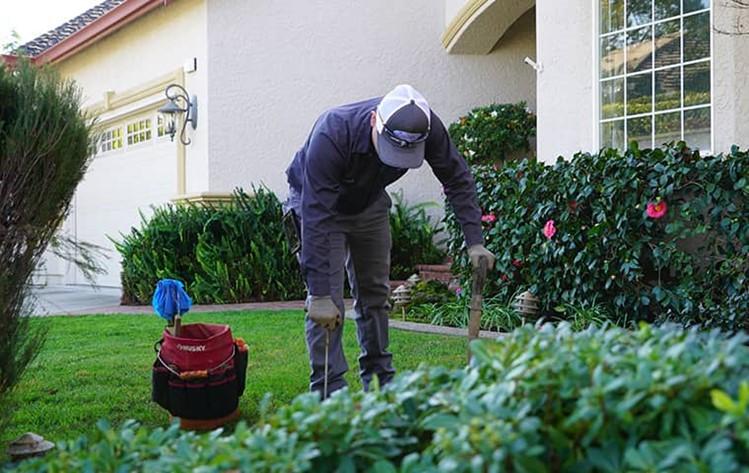
When you need comprehensive lizard control, Smith's Pest Management is here to help. Here's the approach our reptile control team will take to eliminate your lizard problem:
1. Assessment
Before we can resolve your lizard problem, we need to know what we're dealing with. Our team will start by providing a comprehensive assessment of your home and property to identify lizard access points, high-traffic areas, and hiding places. We'll also identify the species of lizard on your property, and develop an ongoing plan for treatment and control.
2. Treatment
Next, we'll treat your lizard problem with a mixture of pest-control methods (to reduce food sources for lizards) and exclusion methods. This combined approach is both humane (We never kill lizards – only remove them from your property) and effective. The result is a clean, comfortable, lizard-free environment.
3. Follow-Up
Keeping your property lizard-free often requires maintenance and follow-up treatments. We provide annual pest management plans to help your property remain pest-free, without requiring you to schedule each treatment manually. Contact us today to learn more.
How to Prevent Lizard Re-infestation
Instead of dealing with recurring lizard infestations, employ these tips to prevent lizard problems from coming back:
- Address insect populations in your home, lawn, or garden
- Use barrier treatments to keep lizards out of your home
- Keep food scraps and water sources secure
Are Lizards Taking Over Your San Francisco Bay Area Property? We're Here to Help!
Here at Smith's Pest Management, we provide comprehensive and humane reptile control services to residential and commercial properties in Northern California – from Marin to Monterey.
Contact us today to learn more or to book your lizard removal service today.
How To Get Rid Of Lizards On Porch
Source: https://smithspestmanagement.com/blog/post/how-to-get-rid-of-lizards/
Posted by: porterfieldthenthe.blogspot.com

0 Response to "How To Get Rid Of Lizards On Porch"
Post a Comment